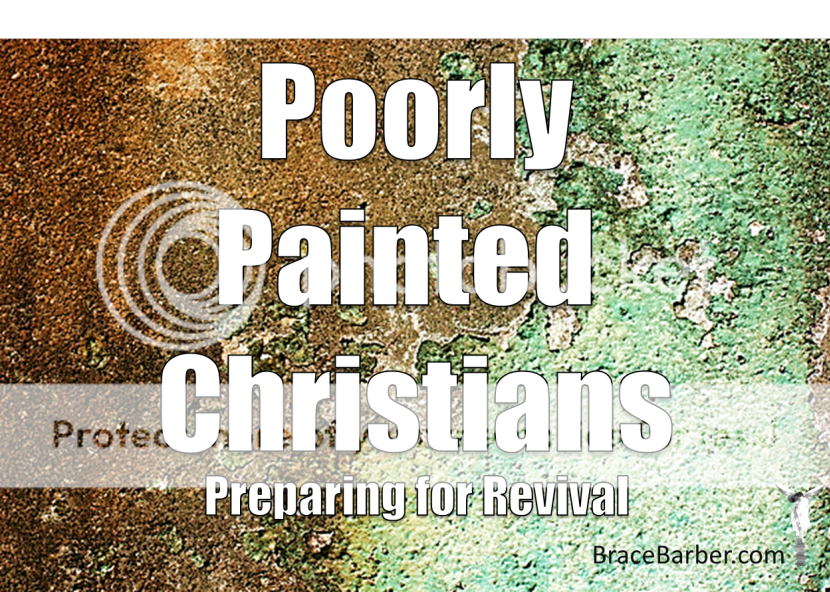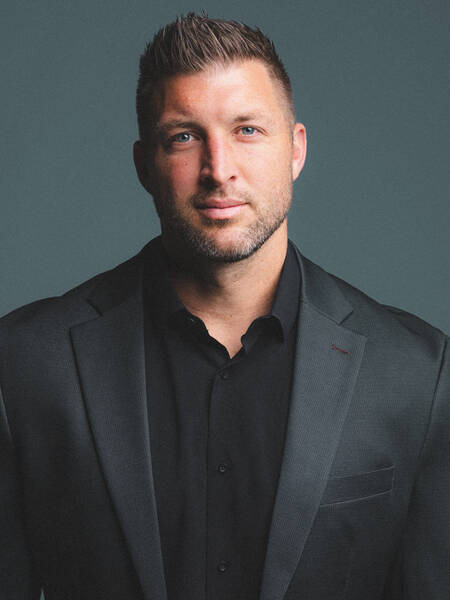Poorly Painted Christians

Bringing our youth up in the Church is much like painting a wall. We apply layer after layer of beautiful Christian-theology paint onto the plain wall of our youth groups every week. We do big roller strokes on the younger ones and carefully applied edging to the older kids ready for more precise knowledge. As they grow, we admire the rich colors that are developing and attempt to cover some of the lighter areas with more coats. It is a lot of work conducted by countless teachers and lead by Pastors following the latest philosophies of becoming relevant to the new generation. And after 18 years of painting, we send the kids into the world. Unfortunately, when we look at that wall of youth-group kids within in one year of graduating high school, 75% of the paint has peeled off. The wall is a mostly bare, splotchy, peeling mess. Only a few small areas have the deep color we applied, while the few other places where color still exists, it’s faded or discolored. What in the world is happening?
Know it All
The resistance to theological paint starts young. This is easy to test. How much do you pay attention to the road or directions when you are the passenger in a car? We tend to zone out or pay attention to other things when we aren’t responsible for getting our passengers to the destination, and we are especially prone to wandering thoughts when we believe we know where we are going. The next time you are teaching Sunday school or just talking to your middle-school kids, ask them if they know the story of Adam and Eve. What about telling a high-schooler that you are going to cover the story of Noah’s Ark. The sighs and rolling of the eyes will tell you all that you need to know. These kids have heard these stories 1,000 times before. They think that they know where you are going, and so they tune out. Eyes wide open, heads nodding, tuned out.
As you are uncovering deeper lessons in the well-worn bible stories, the kids are in the passenger seat not paying attention. You discuss the nuance of Satan’s deception of Eve and how that relates to how Satan tempts each of us, and your students are still hearing the story they heard in elementary school: Adam – Eve – Apple – Sin – Bad. This is the first step in a damaging set of circumstances that is keeping our kids from fully embracing the word of God. You discuss the faith of David or Abraham and the kids picture Goliath and a burning bush. They are not picking up on the deeper theological points or life-application importance of the examples. Don’t get me wrong, we as painters are doing our best to paint that wall, and we are clever in how we use music and video and practical exercises, but because they believe that they already know it all, most of it drips to the floor.
Deeper Lessons Lost
The lessons we give to kids as they get older are perfectly reasonable lessons with additional facts and nuances appropriate for their increasing maturity. However, because they have already tuned out they are not getting the lessons. Then, as we layer different social guidelines on top of a child-level theology, kids have a hard time understanding. They are not reconciling their childish understanding of Adam and Eve and sin, and God’s judgment, and Jesus sacrifice with why they should think one way or another about homosexuality, pornography and monogamy. It is very sad to say, and I have tested this multiple times with older kids, that there is even a lack of understanding of what it means to be a Christian.
Christian?
Kids do not know the basic Christian standard for being a Christian. They do not understand, and they cannot summarize the key points of Christ’s sacrifice, what it means, or how we should respond to it. This premise is also easy to test. With your own kids or on Sunday morning when you speak to your youth group have each kid write down what they believe it means to be a Christian. We joke about getting the church answer to our questions while in church, but you will be surprised at how many kids answer, “I believe in God.” We spend all of our time painting, and we stand back to discover that we didn’t paint the center of the wall very well. Though we’ve tried, we are failing to secure the hearts of our kids.
Weak Foundation
This gap in the knowledge of the foundation of Christian theology starts at the youngest ages. As the kids grow older, they presume they have heard it all, and they also begin to engage their intellect and their critical thinking skills. Unfortunately, that aspect of their God-given being is not addressed in youth groups consistently. We don’t give them answers to their questions about the reliability of Scripture, why evil exists, could Jesus really have risen from the dead, and was there really a worldwide flood. The world is challenging them with tons of other questions that revolve around the truth of Christianity. The compounding of the problem means that they don’t understand theology and their intellect starts to tell them that it isn’t true anyway, so they don’t need to learn it. They are left without a foundation of both the heart and the head.
The Mild 25%
I am making a broad generalization, because certainly there are kids who get it. There are kids who have a genuine relationship with Christ, who govern their actions and their thoughts around scripture, and who are truly seeking spiritual growth. The problem is that as a Christian church we are losing 75% of kids raised in the church. After high school they no longer practice Christianity. As we look at our wall, it is critical to understand that the 25% that are left are Christians, but often without a strong enough to project that faith into the world. What intellectual underpinnings and what deep theological understandings do they have of our scripture and of our worldview unless they sought the information and retained it on their own? The 25% that is left, though they are strong Christians, are not as effective as they could be as they leave high school and venture into the world.
Christian Revival is Around the Corner
In strategy development and planning identifying the obstacles to reaching your objective is critically important. This identification of the obstacles isn’t a courteous massaging of the information until you kinda’ know what stands in your way, it is a brutal ripping away of assumptions and predispositions until you are left with the facts. In analyzing the problem of the exodus of Christian Kids from the Faith, I can tell you that we can reach our objective of Revival. Christian Revival through this group of kids is possible and likely when we answer their intellect in a way that encourages them to get back into the theology. See Apologetics: The Path to Christian Revival. When we begin to answer the tough questions that the world is throwing our way, it is like adding primer to the wall. We are properly preparing the surface to receive the beautiful coats of paint that God has provided us. Our approach to raising up kids in the Lord has to change to acknowledge the real obstacles and challenges that they are facing. As adults we have come through that battlefield in one way or another and now we need to help our children do the same.
Practical Help
Stay Tuned: I am in the process of completing two books due out in 2016 to address this problem. Sign up for my email updates to be the first to learn when they are released. Christian Apologetics Solution
- The first book will lay out the practical how-to steps for keeping Christian kids Christian for Churches and parents.
- The second book is a book covering 14 apologetic subjects with tools to make it as easy as possible for anyone to teach and learn.
Source: Brace Barber
Want to bring Brace to your church? Let us know here. We'd love to help make it happen!









